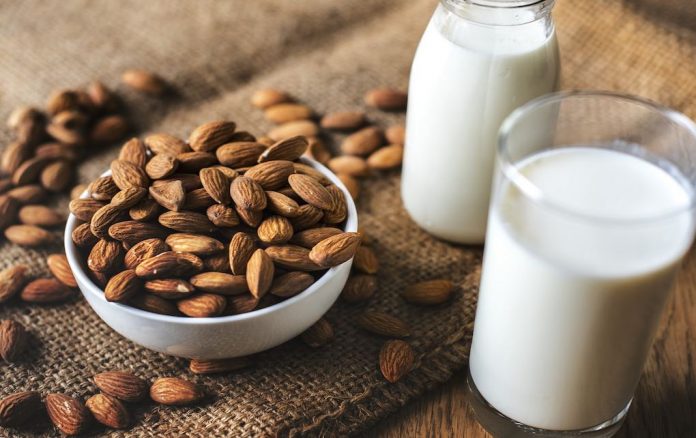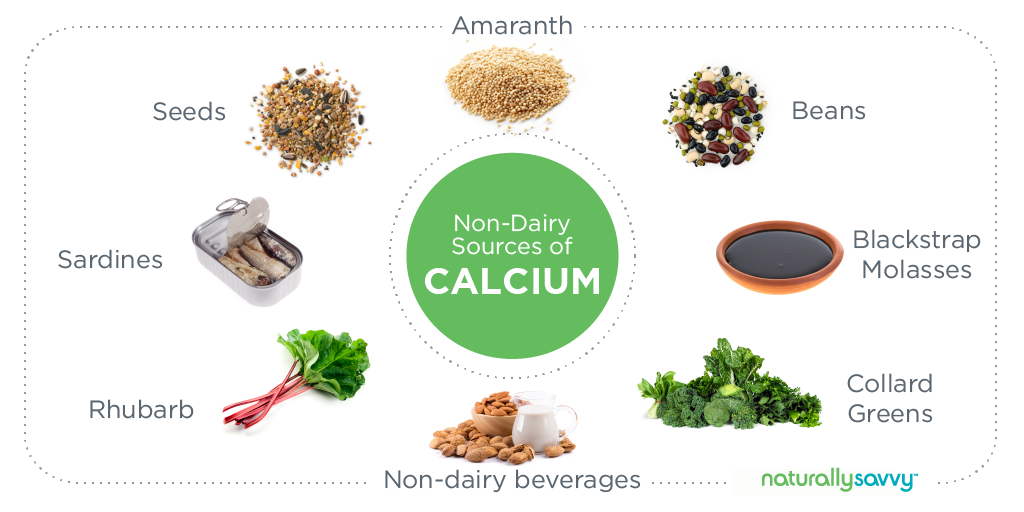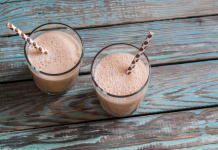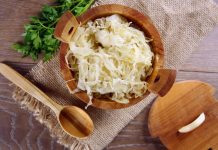
I was having a conversation with my sister this morning about the misconception around dairy and calcium. According to TV commercials and ads from the dairy industry, you would think milk, cheese, and other dairy products are the only ways you can get enough calcium. This simply isn't true. There are dozens of other foods that provide this much-needed mineral that is important for bone and tooth health, nerve health, heart health, as well as muscle health. It may even help to protect us against diabetes and high blood pressure.
Read about calcium absorption makes all the difference
First, let's start by talking about how much calcium we actually need in a day. According to Dr. Walter Willett, chair of the Department of Nutrition at Harvard T.H. Chan School of Public Health, he believes we need anywhere from 500 to 700mg of calcium a day. This is about half the amount that was previously recommended (1,000mg for women under 50, and 1,200mg for women 50+).
Since milk is often used as the benchmark when talking about calcium content, let's use it: 8 ounces of skim, low-fat, or whole milk contain 300 mg calcium. Here are 11 non-dairy sources of calcium that you can try if you don't want to or can't get it from dairy:
Amaranth, 1 cup cooked: 116 mg. This ancient grain also delivers a powerful level of protein, as well as manganese, magnesium, iron, and phosphorus. Amaranth is a perfect rice substitute and a super stuffing for baked squash. Add some high-calcium seeds to boost the mineral content of your dish.
Beans, levels vary. Beans are high in protein, fiber, calcium, and other nutrients while low in fat! If you want the most calcium punch from your bean choices, select the following (cooked, ½ cup serving) varieties: black eyes peas (185 mg), white (95 mg ½ cup), pinto (87 mg), and kidney (75 mg).
Blackstrap molasses: 172 mg in 1 tablespoon. Hands down, the best way to reap the calcium (and other) benefits of blackstrap molasses is to toss 1 to 2 tablespoons into a smoothie. If you also put chia or other seeds in the same smoothie, along with a calcium-fortified non-dairy beverage, you will have a powerful calcium drink.
Collard greens, cooked, 1 cup: 357 mg. These greens are delicious when steamed or stir-fried with olive oil, herbs, and garlic, but they may be a hard sell for youngsters (at least they are for mine). Instead, add them to soups, stews, casseroles, or make collard green chips. Spinach comes in a close second with 240 mg per cup, cooked
Figs, 8 whole dried: 107 mg. I love figs—dried or fresh. In addition to their high calcium content, dried figs also are a nutritious natural sweetener and snack food.
Fortified cereals, levels vary. Many kinds of cereal are fortified with calcium, providing as much as 100 percent of your RDA for the mineral. Read labels carefully before making your purchase and make sure to avoid cereals with food coloring or BHT, a preservative that can be harmful to our liver and kidneys.
Non-dairy beverages, levels vary. The non-dairy beverage market has exploded, so you have plenty of options. Look for products that have been fortified with calcium. A quick survey of such products revealed the following amount of calcium in fortified and some just naturally high in calcium beverages (1 cup): almond milk, 451 mg; cashew, 450 mg; hemp, 428 mg; organic soy milk, 299 mg; rice milk, 283 mg.
Rhubarb, cooked stalks, 1 cup: 266 mg. Although rhubarb isn’t one of the more popular veggies, its high calcium content is at least one good reason to give it a try (it's great for dessert).
Sardines, 3 oz, 325 mg. Be sure to eat the soft bones in these small fish to get all the calcium benefits.
Seeds—poppy, sesame, chia, celery: levels vary. Just one tablespoon of poppy seeds delivers 126 mg of calcium, while celery seeds provide 115 mg, whole roasted sesame seeds have 88 mg, and chia seeds come in around 80 mg. Sprinkle them on salads, stir into soups, toss into smoothies, or grind and add them to dips and sauces.
Tofu, fortified with calcium, ½ cup: 253 mg or more. When tofu is prepared with calcium, it can be a super source of this mineral. The amount of calcium in fortified tofu can be nearly three times this amount. Check out the label when making your purchase and always buy organic tofu.
Sources
Healthline. 15 calcium-rich foods.
Nutrition Value. Nutrition calculator
University of California, San Francisco. Calcium content of foods











